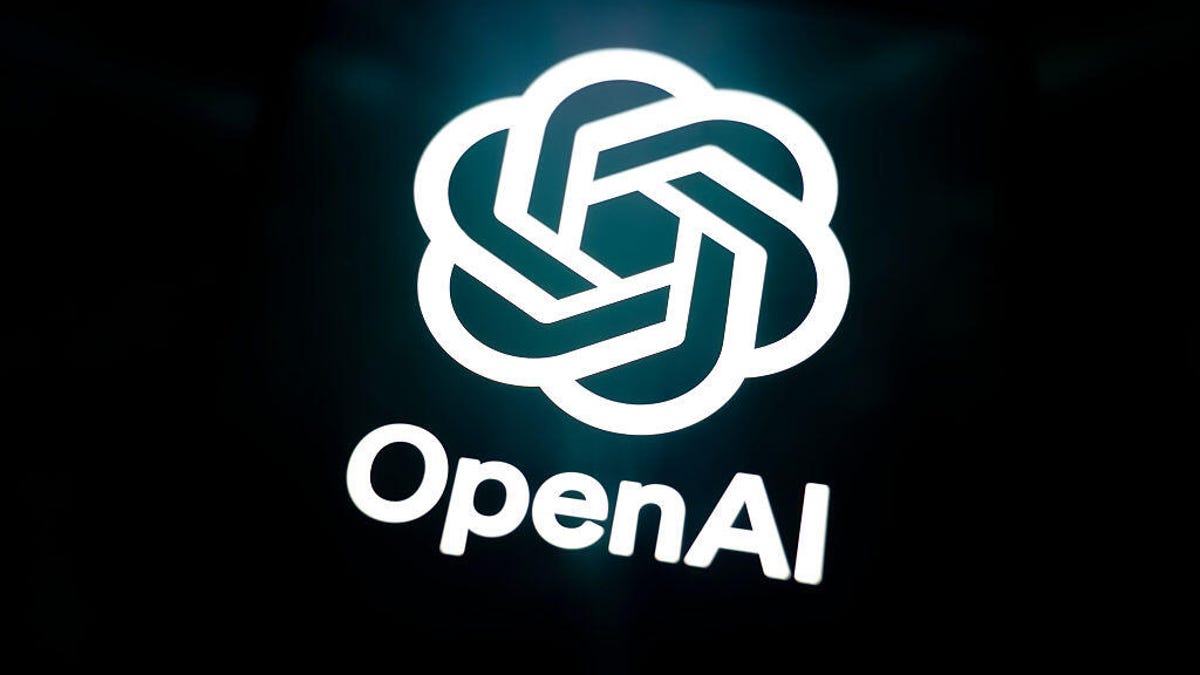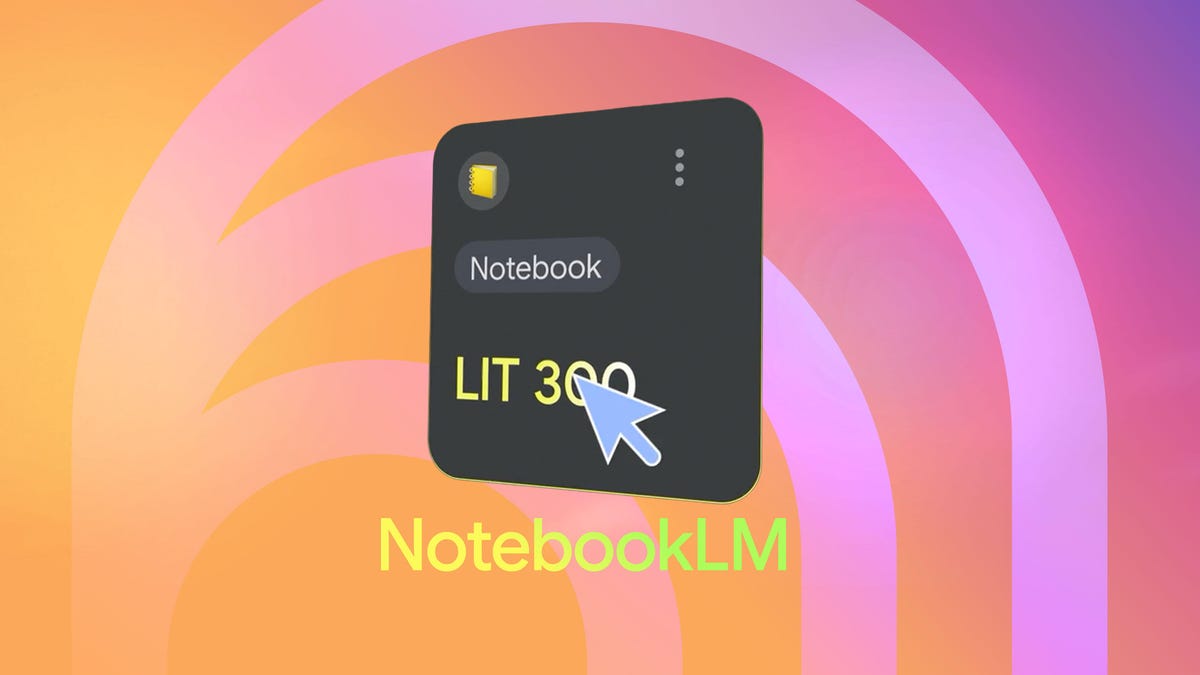Technologies
Everything We Know About the Star Wars: Starfighter Movie
Starring Ryan Gosling as a character new to the famed space franchise, Starfighter is set after Episode 9, The Rise of Skywalker.

There’s a new Star Wars movie coming, and with it a trip to a galaxy far, far away in a new time period. Star Wars: Starfighter is scheduled for a May 2027 release, starring Ryan Gosling (yes, Ken from the Barbie movie) as a brand new character for the franchise. We don’t know much about his role or the film yet, though director Shawn Levy revealed a bit last week during the Star Wars Celebration fan event in Japan.
«The movie is a new adventure. It’s new characters,» said Levy. «It takes place in a new period of time after the battle of Exegol, after Episode 9.»
Episode 9 refers to Star Wars: The Rise of Skywalker, which came out in 2019, and the planet Exegol was the site of a battle during the war between the First Order and the Resistance.
No one was surprised to see plans for a new Star Wars movie, given how the franchise has drastically expanded since Disney bought the franchise’s parent company, Lucasfilm, in 2012.
Fans ready for a standalone Star Wars film
The new film has excited superfans like Jimmy «Mac» McInerney, host and producer of the Rebel Force Radio: Star Wars Podcast.
«Superfans like me will be there for anything Star Wars, but I really hope Levy and Gosling will pack the appropriate punch to excite the masses,» McInerney told CNET. «I’m also very optimistic that this will be a standalone story with a solid beginning, middle and end.»
The movie will be set around five years after the events of Star Wars: The Rise of Skywalker, and it won’t follow any of the main plot lines from past films. So it’s not a prequel or a sequel, it’s a new adventure.
Mclnerney thinks the standalone nature of Star Wars: Starfighter might be a good thing.
«Sometimes Star Wars gets crushed under the weight of its existing lore, so it’s nice to know this will be a self-contained adventure,» he said. «This could provide fandom with a nice palate cleanser following the divisive sequel trilogy and propel the franchise into the future.»
For now, you can find all the Star Wars content your heart desires on the streaming service Disney+.
Technologies
OpenAI Launches ChatGPT Atlas, Challenging Google Chrome With an AI-First Browser
The browser is available now for MacOS users, with versions for Windows, iOS and Android coming later.

OpenAI has released a generative AI-powered web browser called ChatGPT Atlas, a major step in the company’s expansion beyond its ChatGPT chatbot platform. The browser, announced Tuesday, integrates ChatGPT’s capabilities directly into the browsing experience, aiming to make web use more interactive and chatbot-like.
OpenAI sparked speculation earlier Tuesday after posting a teaser on its X account showing a series of browser tabs. During the YouTube livestream, CEO Sam Altman and others announced the browser and live-demoed a few of the new features now available for MacOS users worldwide. Support for Windows, iOS and Android operating systems is «coming soon,» the company said.
(Disclosure: Ziff Davis, CNET’s parent company, in April filed a lawsuit against OpenAI, alleging it infringed Ziff Davis copyrights in training and operating its AI systems.)
The new product launch comes amid growing competition among tech companies to embed AI assistants more deeply into everyday tools. For instance, Google has already integrated Gemini into its Chrome browser to add AI to the online browsing experience. Earlier this year, the AI search tool developer Perplexity launched Comet, an AI-powered Chromium-based web browser. Here’s everything OpenAI announced today.
Don’t miss any of our unbiased tech content and lab-based reviews. Add CNET as a preferred Google source.
What is ChatGPT Atlas?
ChatGPT Atlas looks and functions like a traditional web browser. It includes tabs, bookmarks, extensions and incognito mode, but adds popular ChatGPT functions and features throughout. Opening a new tab lets you either enter a URL or ask ChatGPT a question. The browser includes separate tabs for different types of results, such as search links, images, videos and news.
A built-in ChatGPT sidebar can analyze whatever page you’re viewing to provide summaries, explanations or quick answers without leaving the site. ChatGPT can also offer in-line writing assistance, suggesting edits and completions inside any text field, such as an email draft.
One of the biggest new features is browser memory, which keeps track of pages and topics you’ve previously explored. Atlas can suggest related pages, help you return to past research or automate repetitive tasks. Memory is optional and can be viewed, edited or deleted at any time in settings.
Atlas also supports natural language commands, meaning you could type something like «reopen the shoes I looked at yesterday» or «clean up my tabs» and the browser should respond accordingly.
Read more: OpenAI Plans to Allow Erotica and Change Mental Health Restrictions for Adult Users
Agent mode in Atlas preview
OpenAI also previewed agent mode, which lets ChatGPT take limited actions on behalf of the user — such as booking travel, ordering groceries or gathering research. The company says the mode is faster than standard ChatGPT and comes with new safeguards to keep users in control.
Agent mode is available to Plus and Pro subscribers, and is available in beta for Business users.
«In the same way that GPT-5 and Codex are these great tools for vibe coding, we believe we can start in the long run to have an amazing tool for vibe lifing,» Will Ellsworth, the research lead for agent mode in Atlas, said during the livestream. «So delegating all kinds of tasks both in your personal and professional life to the agent in Atlas.»
How to get started with ChatGPT Atlas
To get started, you’ll first download Atlas at chatgpt.com/atlas. When you open Atlas for the first time, you’ll need to sign in to your ChatGPT account.
From there, you can import your bookmarks, saved passwords and browsing history from your current browser.
Technologies
Amazon Will Pay $2.5 Billion for Misleading Customers Into Amazon Prime Subscriptions
Amazon settles its FTC lawsuit, and agrees to pay billions for «tricking» customers into Prime subscriptions.

In September, Amazon settled its case with the Federal Trade Commission over whether it had misled customers who signed up for Amazon Prime. The $2.5 billion settlement is one of the largest consumer protection settlements in US history, and while Amazon did not admit to wrongdoing, it’s still changing things.
The FTC said $1.5 billion will go into a fund to repay eligible subscribers, with the remaining $1 billion collected as a civil penalty. The settlement requires Amazon to add a «clear and conspicuous» option to decline Prime during checkout and to simplify the cancellation process.
«Amazon and our executives have always followed the law, and this settlement allows us to move forward and focus on innovating for customers,» Mark Blafkin, Amazon senior manager, said in a statement. «We work incredibly hard to make it clear and simple for customers to both sign up or cancel their Prime membership, and to offer substantial value for our many millions of loyal Prime members around the world.»
Don’t miss any of our unbiased tech content and lab-based reviews. Add CNET as a preferred Google source.
Why was the FTC suing Amazon?
The FTC filed suit against Amazon in 2023, accusing it of using «dark patterns» to nudge people into Prime subscriptions and then making it too hard to cancel. The FTC maintained Amazon was in violation of Section 5 of the FTC Act and the Restore Online Shoppers’ Confidence Act.
«Specifically, Amazon used manipulative, coercive or deceptive user-interface designs known as ‘dark patterns’ to trick consumers into enrolling in automatically renewing Prime subscriptions,» the FTC complaint states.
Who is eligible for Amazon’s big payout?
Amazon’s legal settlement is limited to customers who enrolled in Amazon Prime between June 23, 2019, and June 23, 2025. It’s also restricted to customers who subscribed to Prime using a «challenged enrollment flow» or who enrolled in Prime through any method but were unsuccessful in canceling their memberships.
The FTC called out specific enrollment pages, including Prime Video enrollment, the Universal Prime Decision page, the Shipping Option Select page and the Single Page Checkout. To qualify for a payout, claimants must also not have used more than 10 Amazon Prime benefits in any 12-month period.
Customers who signed up via those challenged processes and did not use more than three Prime benefits within one year will be paid automatically by Amazon within 90 days. Other eligible Amazon customers will need to file a claim, and Amazon is required to send notices to those people within 30 days of making its automatic payments.
Customers who did not use a challenged sign-up process but instead were unable to cancel their memberships will also need to file claims for payment.
How much will the Amazon payments be?
Payouts to eligible Amazon claimants will be limited to a maximum of $51. That amount could be reduced depending on the number of Amazon Prime benefits you used while subscribed to the service. Those benefits include free two-day shipping, watching shows or movies on Prime Video or Whole Foods grocery discounts.
Technologies
This Rumored Feature Could Make NotebookLM Essential for Work as Well as School
NotebookLM takes another step toward being the do-it-all AI tool for work and school.

Since it launched, NotebookLM has been aimed at students. While just about anyone can use the AI tool to some benefit, it’s a great study buddy thanks to an assortment of features for the classroom. But a promising new feature may help with your next work presentation: Slides.
Powered by Gemini, NotebookLM can help you brainstorm ideas and generate audio or video overviews. That sounds like most AI tools, but NotebookLM is different. You can provide it with your own material — documents, websites, YouTube videos and more — and it’ll only use those sources to answer your questions and generate content. Adding a slide generator to such a tool would be a solid, professional power-up.
Don’t miss any of our unbiased tech content and lab-based reviews. Add CNET as a preferred Google source.
Google already has its own slide deck creation tool, but NotebookLM could make it even easier to create them. Using your uploaded sources and the recently integrated Nano Banana image generator, the ability to create a slide deck on the fly could soon be on its way.
The tech and AI tool-focused site Testing Catalog recently spotted an unreleased and incomplete Slide tool. Not all of the features seem to be available, but it’d be easy to assume you’ll be able to create a slide deck based on your uploaded documents with just a few clicks. It’ll also likely allow you to further customize the deck by giving NotebookLM specific instructions and topics within your sources to focus on.
That’s not all, though. Another, similar feature might also be on the way. Also spotted was an option to generate an infographic — allowing you to create a visual chart or image based on your data sources. We’ll have to wait and see when either of these features goes live, but NotebookLM remains a robust tool that has little competition, and I expect it’ll only get better.
-

 Technologies3 года ago
Technologies3 года agoTech Companies Need to Be Held Accountable for Security, Experts Say
-

 Technologies3 года ago
Technologies3 года agoBest Handheld Game Console in 2023
-

 Technologies3 года ago
Technologies3 года agoTighten Up Your VR Game With the Best Head Straps for Quest 2
-

 Technologies4 года ago
Technologies4 года agoVerum, Wickr and Threema: next generation secured messengers
-

 Technologies4 года ago
Technologies4 года agoBlack Friday 2021: The best deals on TVs, headphones, kitchenware, and more
-

 Technologies4 года ago
Technologies4 года agoGoogle to require vaccinations as Silicon Valley rethinks return-to-office policies
-

 Technologies4 года ago
Technologies4 года agoOlivia Harlan Dekker for Verum Messenger
-

 Technologies4 года ago
Technologies4 года agoiPhone 13 event: How to watch Apple’s big announcement tomorrow
